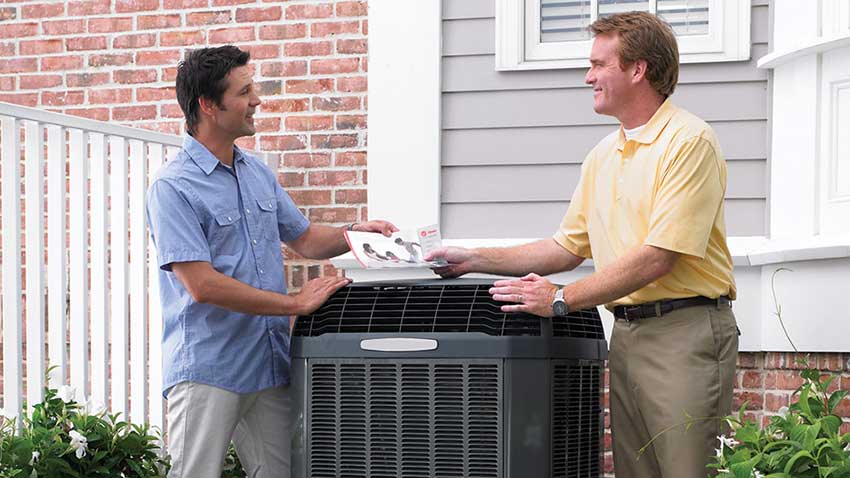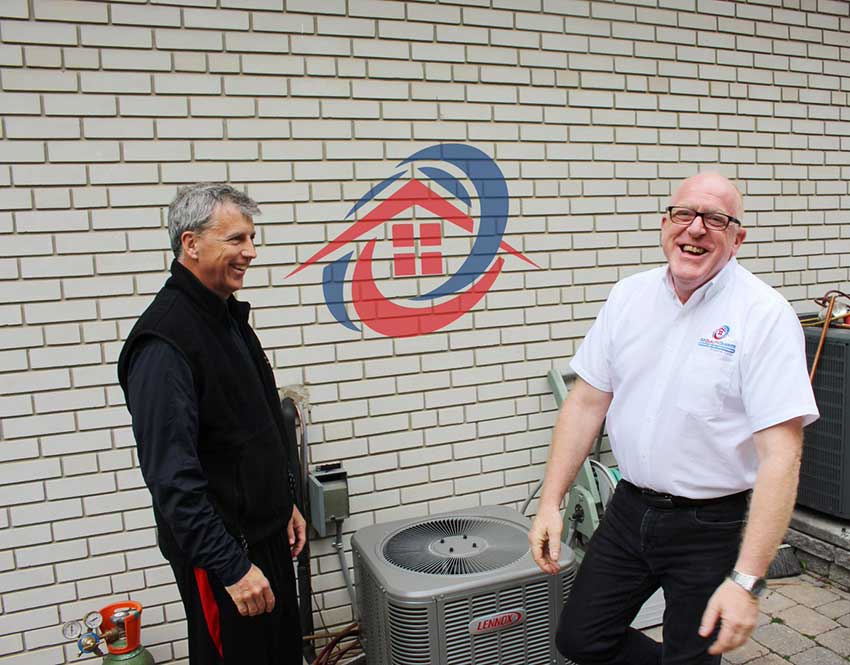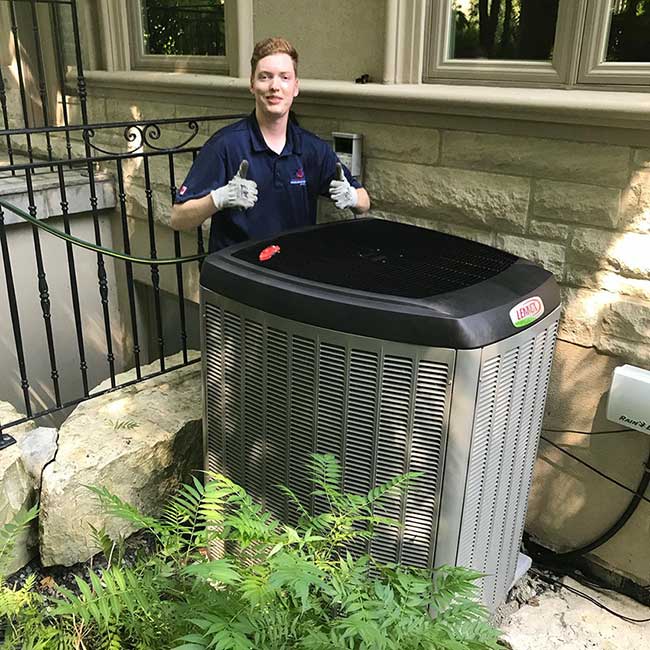Air Conditioner Maintenance




Inspect & Clean
Like almost everything in life from your car to your teeth, your air conditioning system experiences wear and tear.
A yearly checkup helps ensure you spot problems early, and can count on your cooling system for years to come. In fact, air conditioner manufacturers and top home improvement sites recommend yearly maintenance.
Air Quality Dunrite has the expert technicians it takes to thoroughly clean and inspect your central air conditioning system and ensure it works at its best.
Book your tune up early in spring to enjoy better efficiency all summer
long!
Benefits of AC Tune Ups
Does investing in yearly maintenance checks for your central air conditioner pay off? It sure does! While you can replace filters yourself, regular cleaning and inspection by a licensed professional can:
- Extend the working life of your air conditioner.
- Keep you cooler on those really hot days.
- Save money on repair bills.
- Protect the environment.
- Reduce noise.
- Save money on electricity.
- Guard against damage from leaks.
Want to Save Money on Air Conditioner Maintenance?
Yes, yearly servicing inspections cost money. But you can save when you sign up for a yearly maintenance plan. We’ll make sure we schedule your appointment every year, and provide you with a report detailing how your system is doing.
You’ll get peace of mind knowing that when the heat is on you’ll stay cool!
Our AC Inspection Checklist
- Calibrate and level thermostat
- Check filters
- Monitor volts/amps on fan motor
- Lubricate and inspect bearings for wear
- Check indoor coil if accessible
- Flush/treat condensate drain
- Inspect condenser coil
- Monitor operating pressure of refrigerant
- Inspect safety devices for proper operation
- Inspect disconnect box for proper rating and installation
- Tighten all electrical connections
- Test/inspect contactors for burned, pitted contacts
- Inspect electrical system for exposed wiring
- Test and inspect capacitors
- Inspect fan blade
- Clean condenser coil and remove debris
- Inspect service valves for proper operation
- Measure temperature difference – supply/return
- Inspect ductwork for energy loss
- Monitor compressor for proper amperage, volt draw & wiring connections
- Clean debris from around the condenser
Get a Free Quote?
Categories





